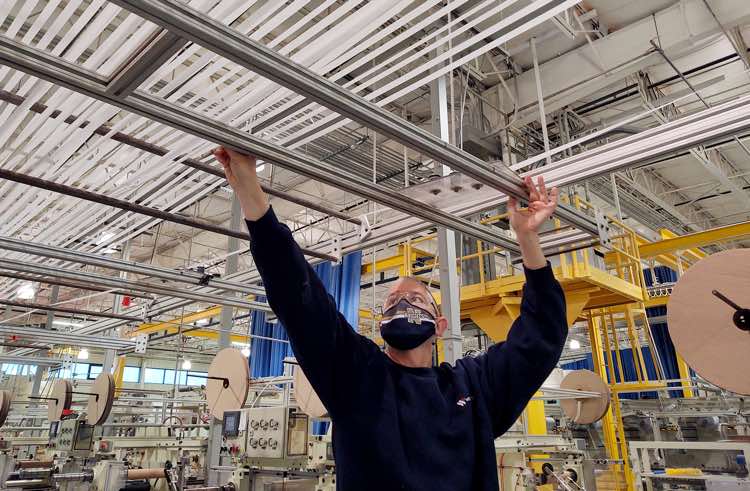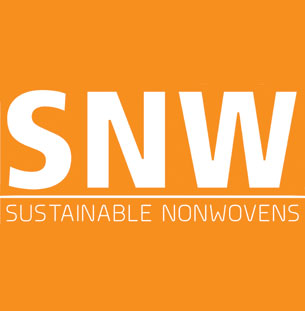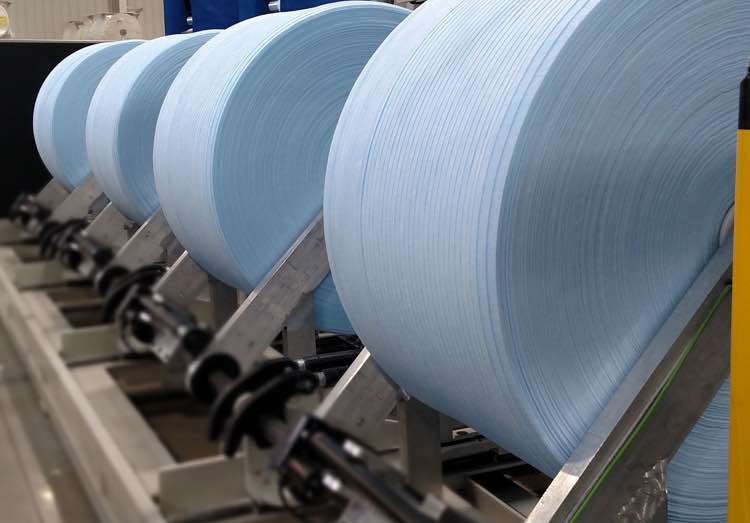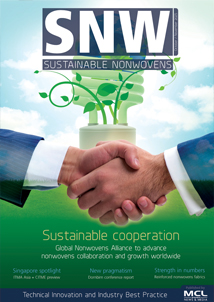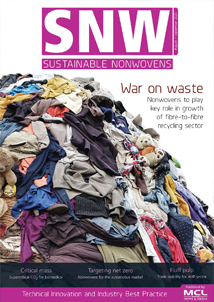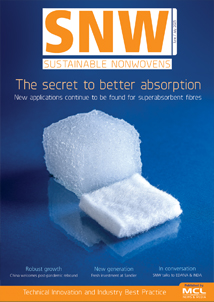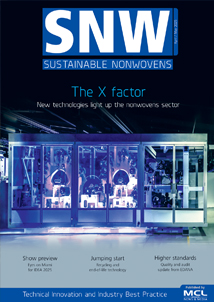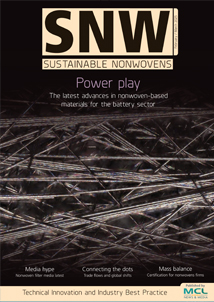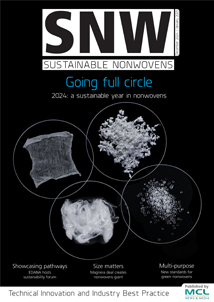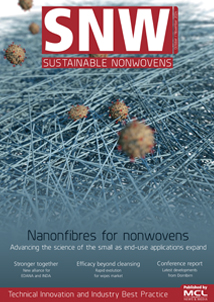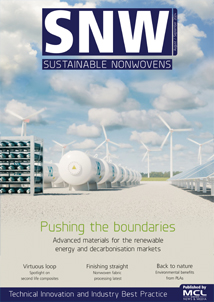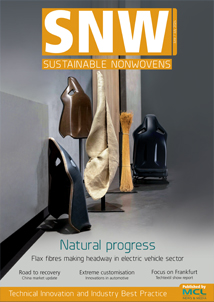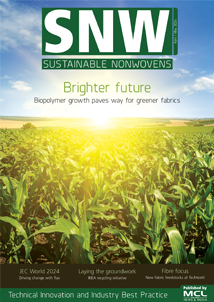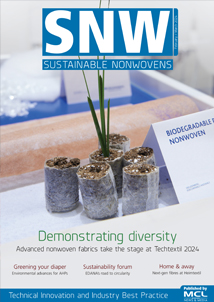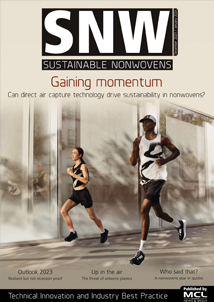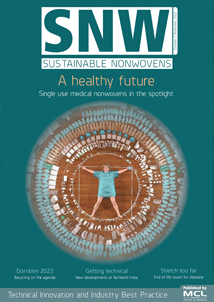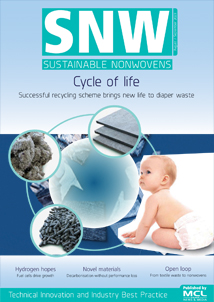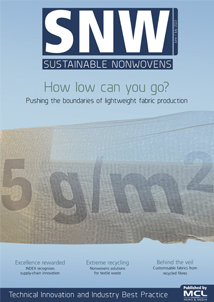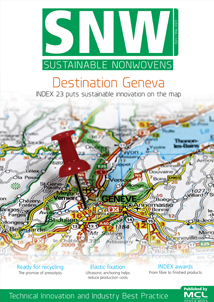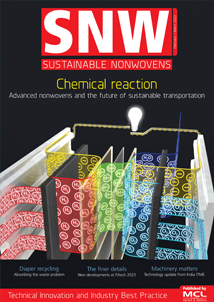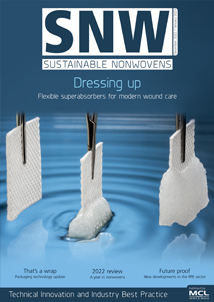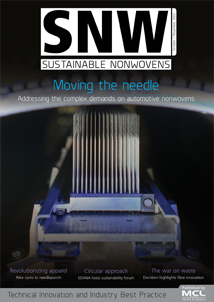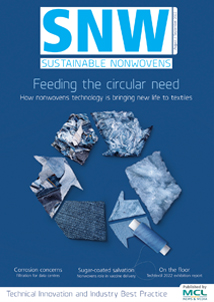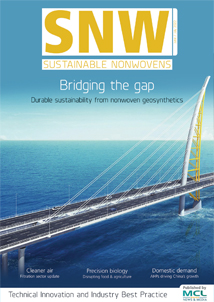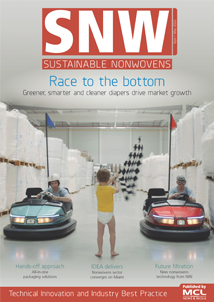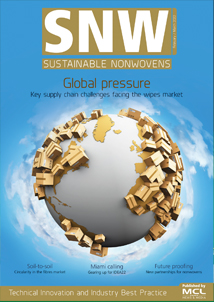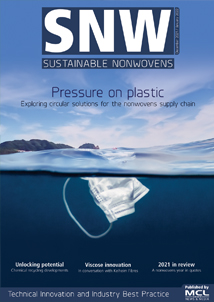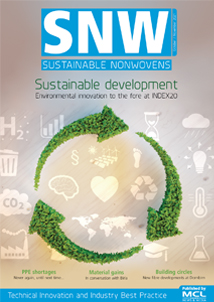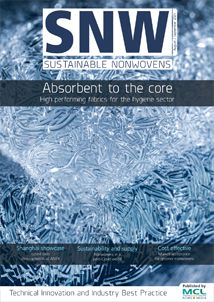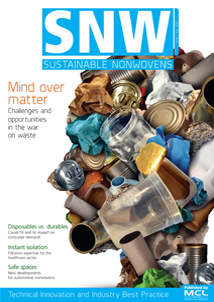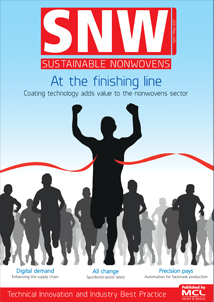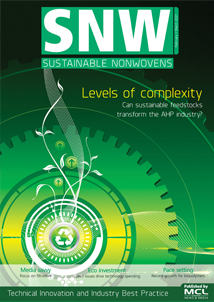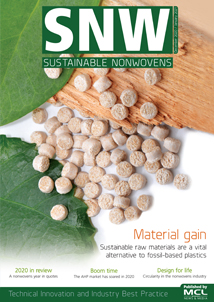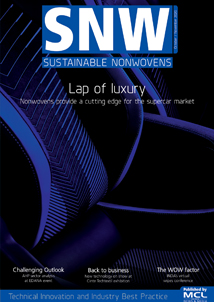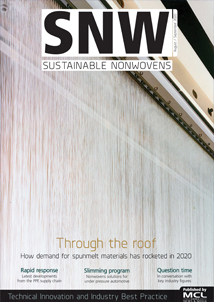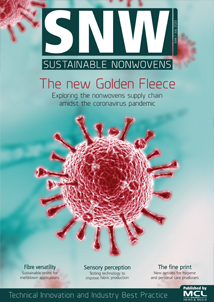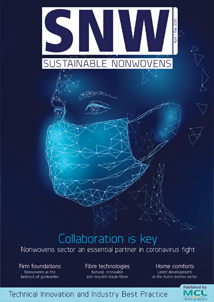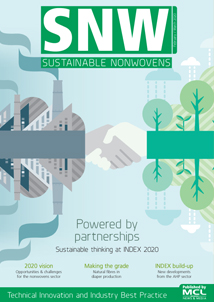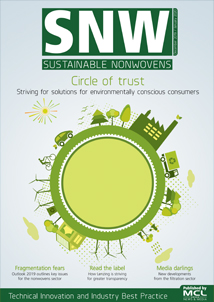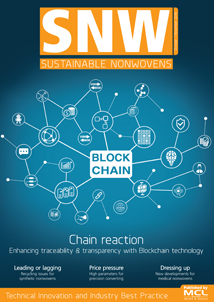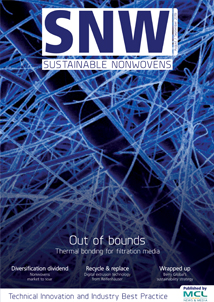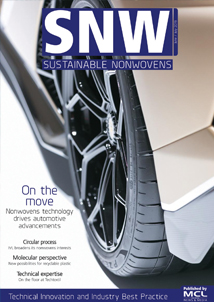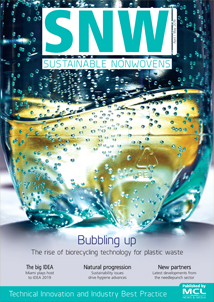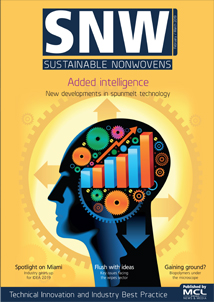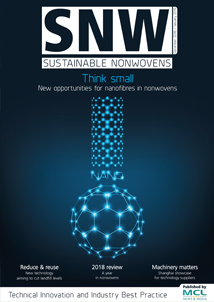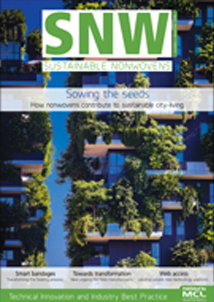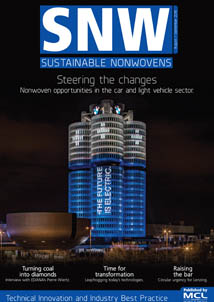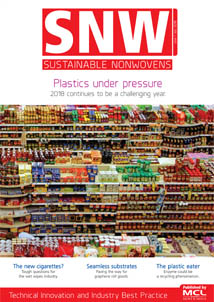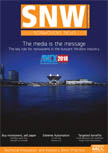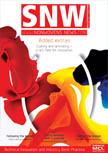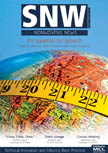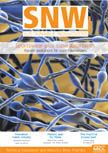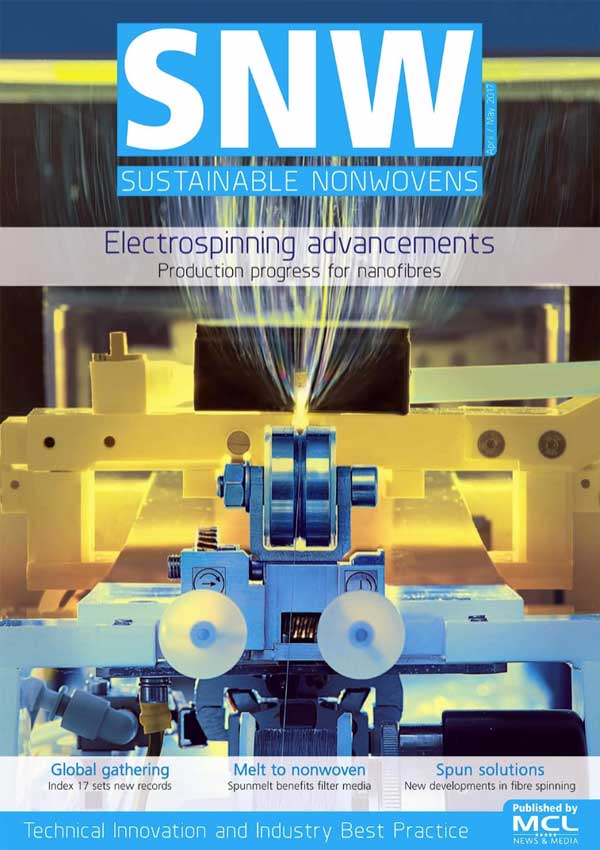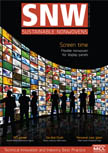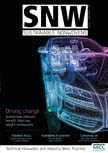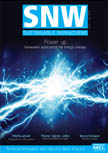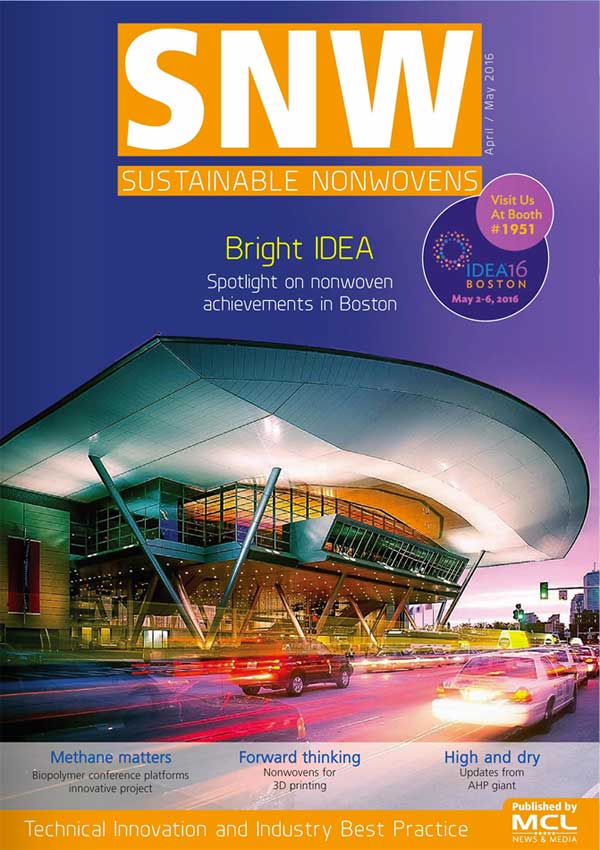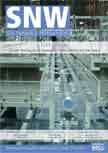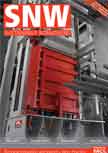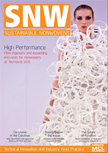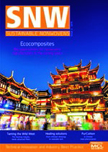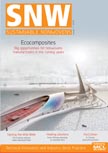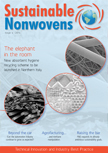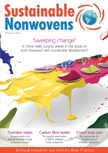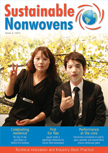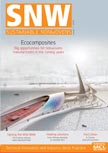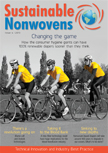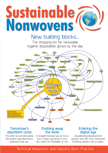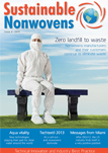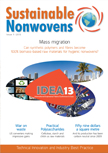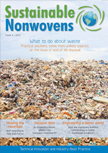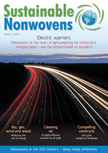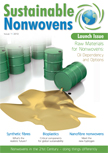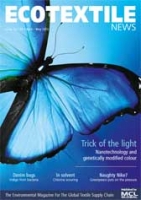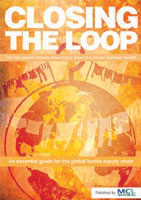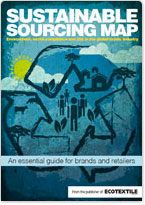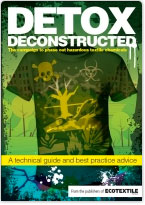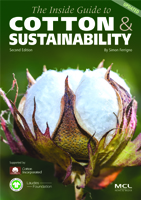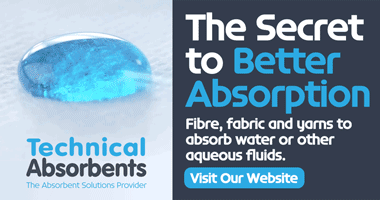MARLBOROUGH - Kevin Young, vice president of Corporate Development & Medical, and Ralph Tricomi, Market Development and Strategy Manager at Web Industries discuss how contract manufacturers have been able to deliver timely re-shoring support to PPE OEMs during the coronavirus pandemic
From the very outset of the COVID-19 pandemic, U.S. and European manufacturers of nonwoven personal protection equipment (PPE) faced nearly overwhelming production challenges.
Governmental calls to reshore PPE manufacturing from existing Asia-based sources disrupted long-established supply chains, leaving OEMs ill-equipped to meet coronavirus-fueled demand for nonwoven products. Components for face masks and shields, medical gowns and aprons, barriers and curtains emerged as critical nonwoven PPE needs.
Reshoring is a complex, multidisciplinary enterprise that affects virtually every corporate department. Engineering and technical staffs, for example, must coordinate transfers of technology and ensure that product quality remains consistent across supply sites. Logistics has to coordinate the interactions of newly formed supply networks. Finance and accounting must calculate the costs associated with every option. And legal needs to oversee compliance with new government mandates and regulations. Even marketing and product management are involved.
Input from all departments addresses a host of issues. For example: what is the most seamless way to bring production activities home? How can quality be maintained during the process? How much demand for nonwovens PPE is expected? How long will that demand last?
To reconstruct their supply chains, nonwovens OEMs began the cumbersome task of transferring their far-flung manufacturing operations and supply networks from Asia to locations that met government mandates. The practice promised to give OEMs greater control over supply and production in turbulent times. But with estimates of more than a year to backfill the lost capacity, conventional transfer practices proved to be painfully time-consuming,
New supply sources or methods of production were necessary for both competitive and regulatory purposes. As conventional “reshoring” lumbered on, an inconspicuous business model called contract manufacturing would soon play an outsize role.
Contract manufacturing
Contract manufacturing organizations (CMOs) include converters and formatters of nonwoven materials. They can furnish technical know-how, ready capacity, and a flexible partnering approach. With a unique selling proposition of “taking the ‘cumbersome’ out of reshoring,” CMOs are steadily gaining favor as an alternative to conventional reshoring practices.
Deciding whether to outsource nonwovens PPE reshoring to a CMO or expand in-house manufacturing capabilities and create a new supplier partner network is a colossal business decision. Time and know-how are key factors to evaluate.
The in-house option offers greater hands-on control, but it also has drawbacks. It can require repurposing existing assembly lines or building one or more new facilities from the ground up. Building new capacity entails capital investment, site acquisition, permitting, construction, validation of machinery and the hiring of employees. The entire process is costly and usually takes more than a year to complete. Only then will the flow of products move smoothly from materials sourcing to on-time customer delivery.
CMOs provide more of a turnkey solution. They are typically prepared to begin manufacturing in just a few months. Their business culture emphasizes flexibility and rapid production ramp-ups. CMOs often have made substantial investments in laser-cutting and other equipment used to process fabric, film or plastic materials. Some have particular expertise in formatting and converting nonwoven materials and focus on the cutting, slitting and winding operations needed for PPE production.
Most CMOs are experienced with technology transfer among different production facilities. They realize the importance of understanding all aspects of the manufacturing process, including a product’s technical specifications, before manufacturing begins. They can help ensure continuity of input materials and oversee coordination among various sites.
Seamless integration between the OEM, contract manufacturer and other supply partners allows OEMs to maintain quality standards that equal or exceed those achieved offshore. It also provides the type of infrastructure that can support high-volume production. Without that infrastructure, it is hard to attain the output levels needed to meet demand.
A recent case
Early in the pandemic, a Web Industries business unit in France responded quickly to a request from a nearby university hospital for single-use medical aprons. These polyethylene aprons are worn by doctors, nurses and caregivers when meeting with patients, taking temperatures and changing IV lines. The company employed high-speed precision formatting equipment to produce prototypes, which were quickly approved by the hospital. Web Industries ramped up production to manufacture 160,000 disposable aprons per day for local hospitals and supplied in protective plastic sheaths that met strict sanitary requirements.
Proven track record
Nonwovens PPE OEMs should consider partnering only with CMOs having a successful manufacturing track record and the potential to become trusted organizational adjuncts. Some of the markers to look for include:
- Certification in ISO standards that demonstrate a high level of manufacturing capability. For example: - Web Industries’ Ft. Wayne, Ind. plant has ISO 14001:2015 and ISO 9001:2015 certifications while Web Industries’ Boston, Mass. plant is ISO 13485 certified.
- A willingness to partner closely and integrate fully with the OEM and other supply partners.
- Experience in making PPE components is a plus. Some CMOs have expertise in other industries that require precision formatting and cutting expertise that is transferrable to PPE production.
- Ready capacity in the form of manufacturing lines that can be quickly geared up to produce PPE components.
The pandemic demonstrated the benefit of having accessible, domestic sources of supply. For OEMs looking to reshore their operations, contract manufacturers offer an expert, reliable and fast solution.
For further details CLICK HERE
